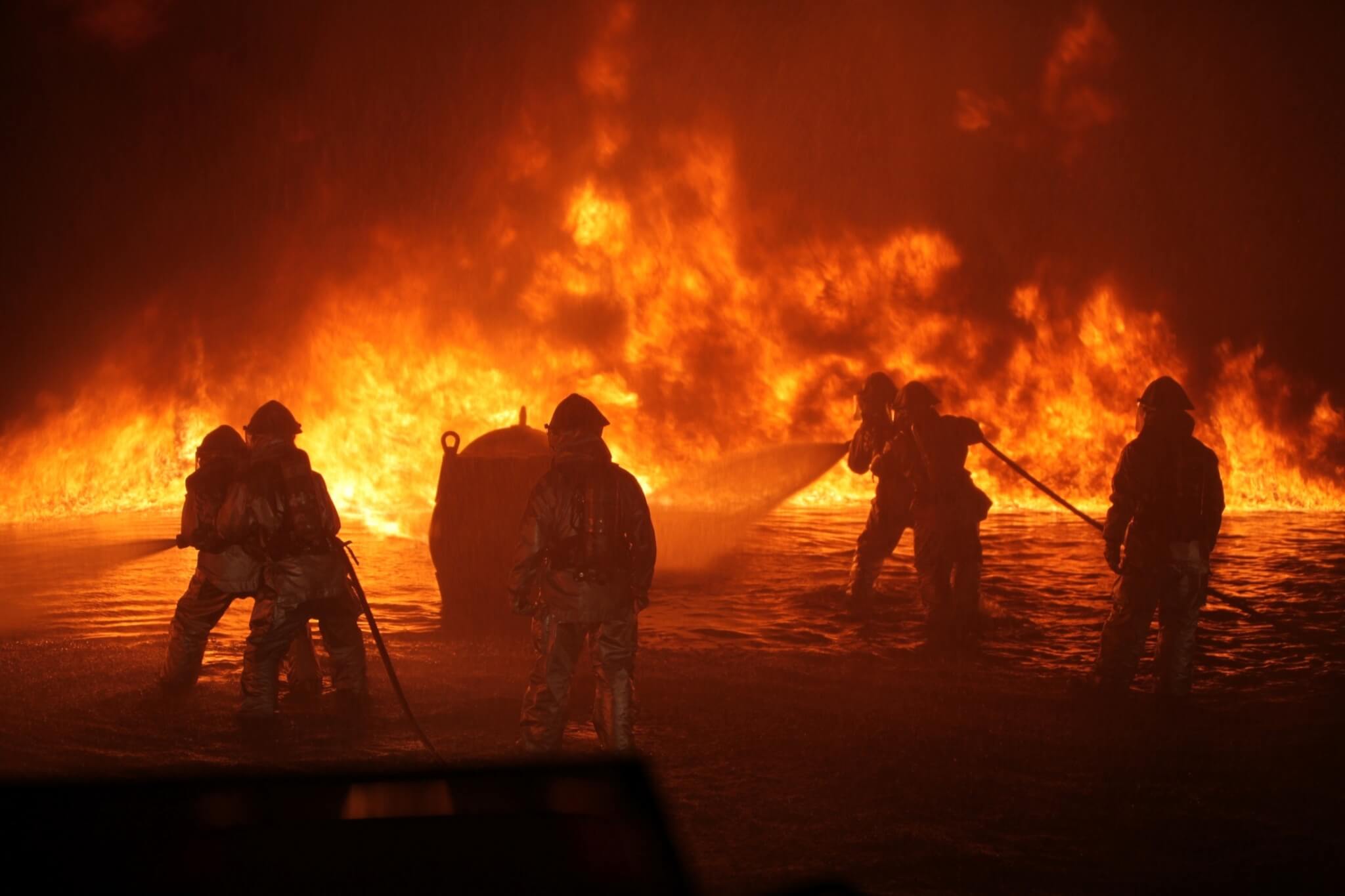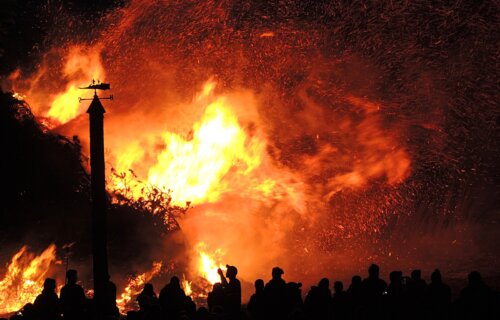GAINESVILLE, Fla. — Wildfires aren’t just a problem for the western part of the United States. A concerning study by University of Florida researchers has revealed a troubling increase in wildfires in the eastern U.S., a trend often overlooked compared to the more publicized fires in western states like California and Oregon.
“It’s a serious issue that people aren’t paying enough attention to: We have a rising incidence of wildfires across several regions of the U.S., not only in the West,” says study author Victoria Donovan, assistant professor of forest management at the University of Florida’s West Florida Research and Education Center, in a university release. “We’re allocating the majority of resources to fire suppression in the western part of the country, but we have evidence that other areas are going to need resources, too.”
Researchers examined data from 1984 to 2020, using the federal Monitoring Trends in Burn Severity Database. They focused on large wildfires, each burning over 490 acres, to analyze trends in fire size, affected land area, and timing.
Their findings show an escalating risk of wildfires in the southern and eastern parts of the Eastern Temperate Forests, an area stretching from Michigan to the eastern half of Texas. This region, particularly in the Southeast, exhibits increasing trends in the number and size of wildfires, the total land burned, changes in fire season timing, and a higher annual probability of large wildfires.
“The eastern U.S. has the most expansive wildland-urban interface in the country and thus is at high risk from wildfire,” explains Donovan. “The thought behind this research was that if there are signals that wildfires are increasing, we need to understand what those changes look like.”

Wildfire regimes, which describe the natural patterns of fire occurrences in ecosystems, are influenced by three main factors: ignition sources, vegetation or fuel availability, and climate characteristics.
“The first is the ignition pattern, or what starts the fires,” says Donovan. “The second is changes in vegetation or fuel patterns, and then you have climate characteristics. We don’t address the drivers of the trends in this study, but it’s hard to talk about changing conditions without considering that climate may be a factor.”
Donovan explains that while human activities remain the predominant cause of wildfires, especially in densely populated areas, this doesn’t necessarily drive the increasing wildfire trend.
“In other words, we’re not seeing an indication that there are proportionally more human-caused ignitions than there have been in the past,” says Donovan. “In the Southern Coastal Plain, which includes much of Florida, lightning ignitions played an important role, too, contributing more to the total area burned in the ecoregion despite being a less frequent cause of large wildfire ignition.”
Researchers call for proactive forest management and preparedness, especially in the eastern U.S., to prevent the emergence of extensive wildfire problems like those seen in the West.
“We don’t have the expansive wildfire problem that the western U.S. does yet, so this is also an opportunity to get ahead of the problem and prepare for shifting wildfire patterns before we start seeing the frequent destructive fires that we’re seeing in the West,” concludes Donovan. “We’re hopeful that this study will spur more research into understanding changing wildfire patterns in the east, but also that it will help to support an increase in prescribed fire management and motivate people to better prepare for wildfire in their location by hardening their homes and making escape plans.”
The study is published in the journal Geophysical Research Letters.
You might also be interested in:
- Breathing in Canadian wildfire smoke could affect your health for years
- More U.S. households considered high-risk for wildfires
- Climate housing crisis? Global warming and wildfires may ruin property values for homeowners

